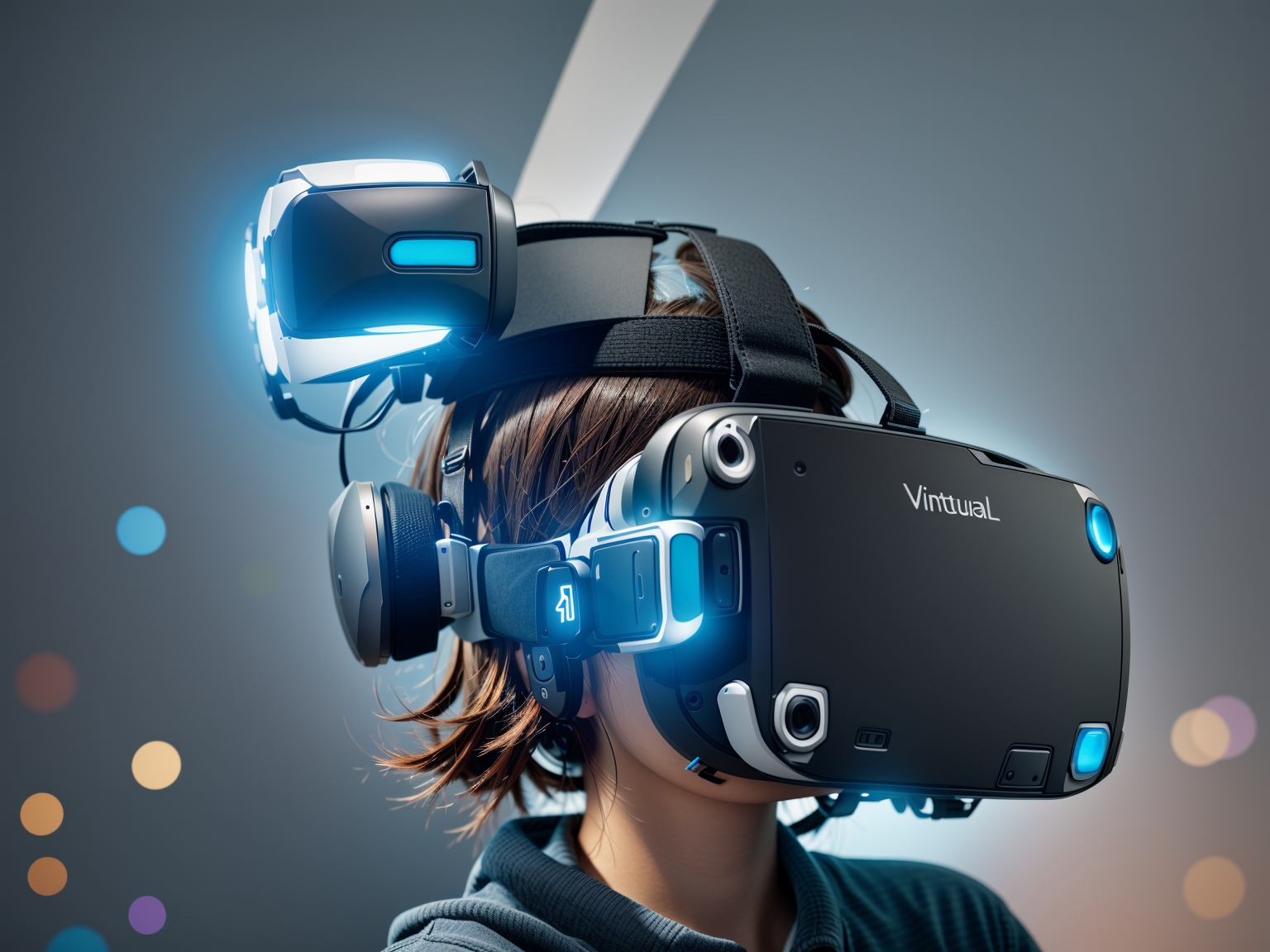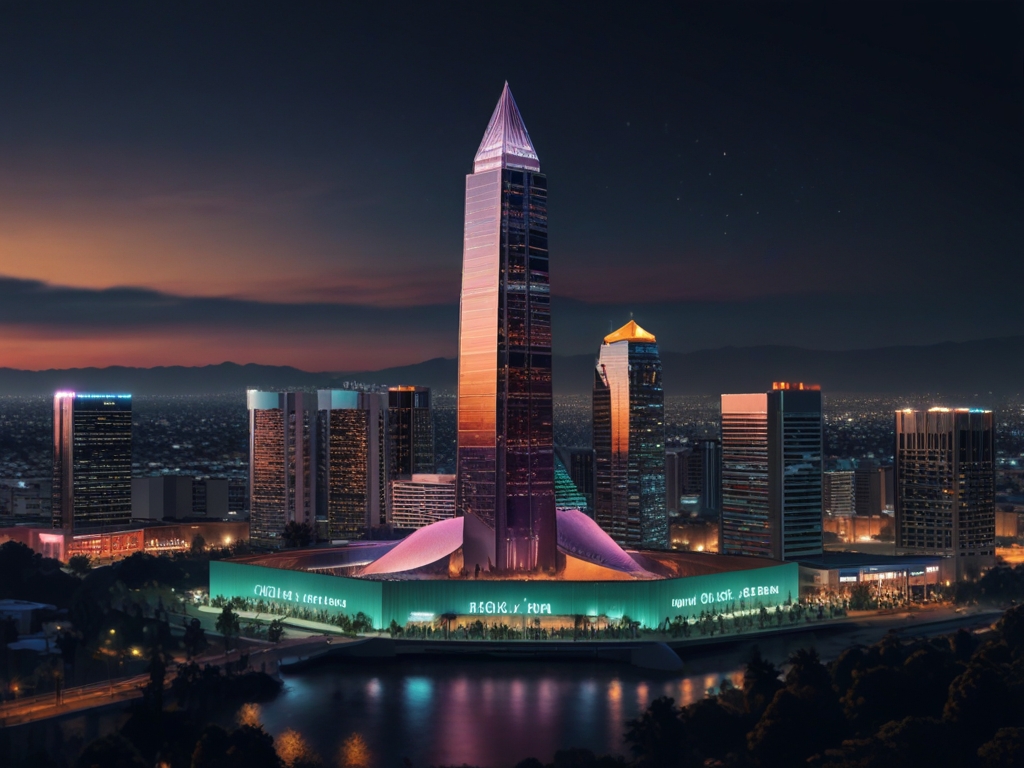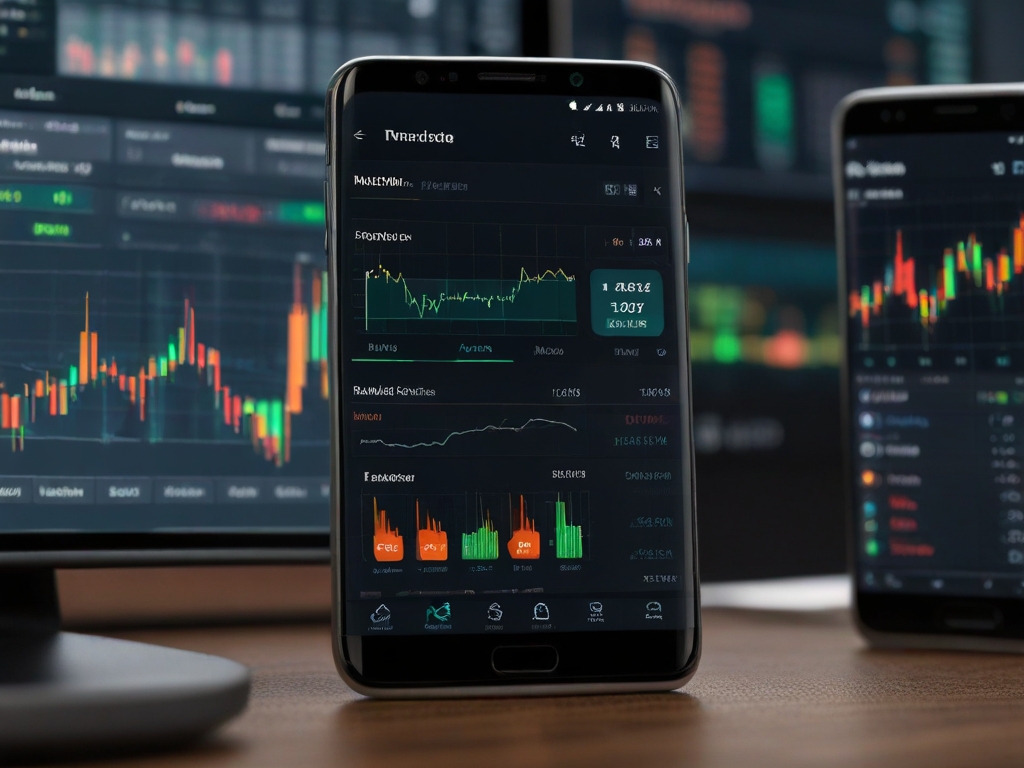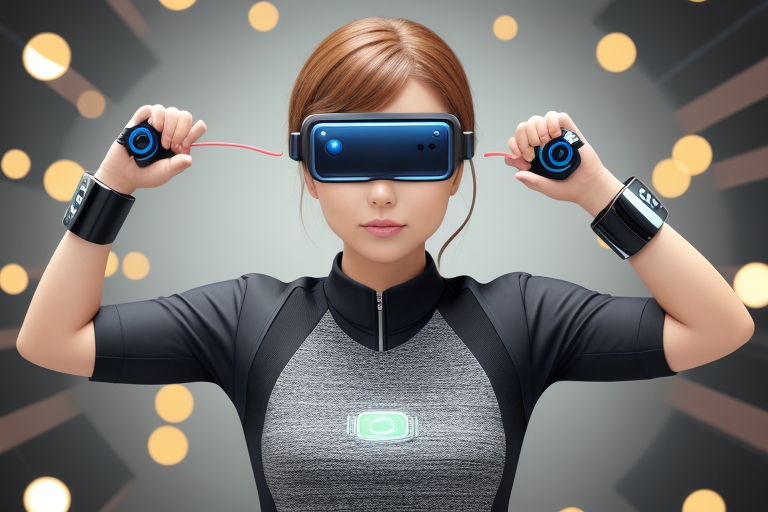VR and the Creative Potential of Immersive Technology, Virtual reality (VR) represents an emerging medium brimming with disruptive creative potential. By transporting users into fully immersive and interactive virtual environments, VR technology has opened new frontiers for artistic expression across visual, narrative and performance realms. As VR hardware, software and content creation tools evolve rapidly, creative innovators are only beginning to explore the possibilities. This article will examine the current landscape and future horizons of VR’s role in empowering new forms of creativity, art and storytelling. How can this transforming technology expand the very notion of creative mediums? What opportunities and challenges exist in applying VR to push artistic boundaries? By understanding VR’s immense creative promise, as well as the hurdles ahead, we can guide development of virtual reality for enriching human imagination and connection.
VR Art – Opening New Dimensions of Digital Creation – VR and the Creative Potential of Immersive Technology
VR art represents a groundbreaking new direction for artistic creation and exhibition. Unbound from physical constraints, VR provides 3D sculpting and painting tools that allow digital artists to craft stunning works of virtual art from scratch. VR painting apps like Tilt Brush and Masterpiece Studio empower new tactile, gesture-based artistic interfaces. Artists can pull vibrant strokes of light through 3D space, interacting with their work from limitless perspectives. The ability to create massive, intricate works and step inside to experience multiperspective illusions offers revolutionary possibilities compared to traditional 2D art. VR and the Creative Potential of Immersive Technology.
VR also enables transformative new approaches to displaying finished works. Immersive VR art exhibits transport audiences directly into digitally rendered worlds filled with interactive paintings, light installations and abstract artscapes. Gauging artworks through first-person perspectives in a virtual gallery fuels deeper emotional engagement. Museums can increase access by providing VR tours globally. For conceptual artists, VR provides a literal blank canvas to build mindbending, physics-defying installations that overwhelm the senses in imaginative ways. The creative horizons opened by applying VR to every phase of the artistic process seem limitless. VR and the Creative Potential of Immersive Technology.
Reinventing Storytelling Through Interactive Narrative Experiences
VR’s capacity for immersive worldbuilding also offers groundbreaking opportunities for narrative storytelling. Interactive VR story experiences allow audiences to be transported into cinematic, 360-degree environments where the story unfolds all around them. Branching narrative structures turn viewers into active participants guiding the story through their actions, choices and exploration. Sci-fi and fantasy worlds, in particular, come alive with unparalleled realism through the VR medium. Storytellers can utilize spatial audio, atmospheric visuals and unlock first-person perspectives to engage audiences on visceral levels impossible with traditional film or animation. VR and the Creative Potential of Immersive Technology.
Leading VR content creation tools like Unity and Unreal Engine empower creators without extensive technical expertise to craft narrative-driven VR experiences. Intuitive 3D modeling and visual scripting interfaces bridge the gap. VR has even opened new directions for journalism, allowing immersive access to documentary scenes from disaster zones to political events. As VR hardware like the Oculus Quest expands adoption, the market for premium VR story content will continue growing. VR and the Creative Potential of Immersive Technology.
For many indie VR developers, the ability to directly publish experiences on digital platforms like Oculus, SteamVR or Viveport lowers barriers. However, narrative-focused VR productions can be resource intensive. The level of visual detail, interactive triggers and overall polish required for engaging lengthier story experiences poses challenges. But the interactive agency provided by VR storytelling promises to push creative boundaries in the hands of innovative creators. VR and the Creative Potential of Immersive Technology.
The Future of VR – Mainstream Adoption and the Metaverse
While VR technology has made major leaps recently, it still faces hurdles to mainstream consumer adoption. The need for cumbersome headsets discourages many users beyond tech enthusiasts and gamers. VR art and stories boasted as groundbreaking at tech conferences still reach limited audiences. Most consumer headsets remain tethered to PCs or consoles, limiting mobility. Computing power restrictions constrain visual fidelity in VR worlds, disrupting immersion for some. Ease of use and accessibility must be balanced with advanced interfaces for creators. VR and the Creative Potential of Immersive Technology.
However, the trajectory points clearly towards VR becoming far more integrated into everyday life and work. Forward-thinking developers are already building spatial computing interfaces for creative workflows from architectural visualization to 3D modeling. VR live events, remote collaboration and social connection represent untapped horizons. Multisensory feedback and brain-computer interfaces will eventually allow VR experiences indistinguishable from reality. For creatives, VR may soon be a central hub for design, communication and production. VR and the Creative Potential of Immersive Technology.
This all funnels towards the concept of the Metaverse – a unified virtual realm where we will one day live, work and play in endlessly immersive and personalized ways. The Metaverse promises to remove all physical constraints of artistic creation, event participation and interactive storytelling. VR experiences could offer literal Gateways into new narrative worlds and dimensions. While likely still years away from widespread integration, the Metaverse symbolizes the ultimate creative possibilities of VR’s evolution.
Conclusion
VR and the Creative Potential of Immersive Technology, As an emergent creative medium, VR brings with it equal parts exhilarating potential and sobering challenges. Rejecting techno-utopianism for grounded optimism will ensure developers thoughtfully apply VR in ways that expand creative access and understanding. VR should be viewed not as a replacement for physical art, events and human connection, but as a complementary medium exploring new directions. If realized ethically, VR and eventually the Metaverse could profoundly expand our conception of creativity, empathy and collaboration. The transformative impact of VR on reinventing creative expression, business innovation and human connection has only just begun. We stand at the precipice of a creative frontier beyond our current imagining.















